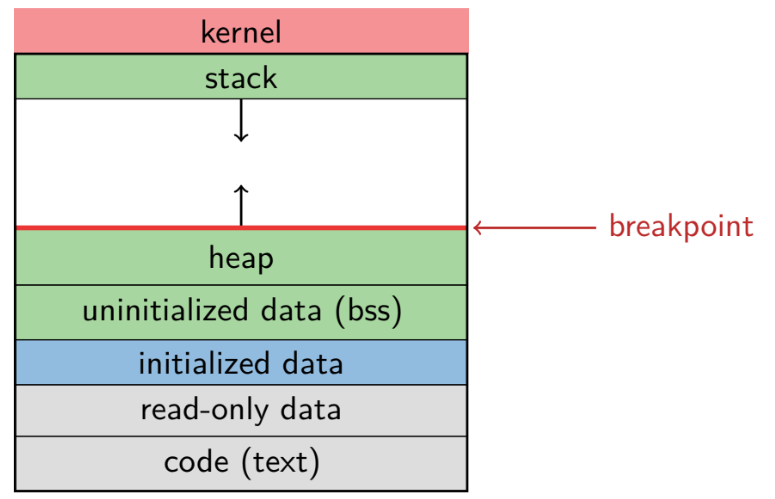Virtual Memory
Manage memory to allow multiple processes to share it
Issues in sharing physical memory
Protection
- Bug in one process can corrupt memory in another
- Prevent A from trashing or observing B‘s memory
Transparency - Process shouldn’t require particular physical memory bits
Resource Exhaustion - Programmes typically assume machines has enough memory
- Sum of sizes of all processes often greater than physical memory
Goal
Give each program its own virtual Address Space
- At run-time, the Memory Management Unit relocates each load and store address to the actual physical address
Advantages
- Relocate program while running
- Store partially in memory and partially in SSD
- Most of process’s memory may be idle (80⧸20 Rule)
- Write idle parts to disk until needed
Definitions
Virtual address
- Where programs load and store to
Physical address
- Where actual memory is
Idea 1: Load-time Linking
Idea 2: Base + Bound Register
Idea 3: Segmentation
Idea 4: Paging
Where does the OS live?
Kernel addresses are in the same address space as the user process
- Use protection bits to prohibit user code from reading and writing kernel adresses
Typically all kernel text and most data are at same virtual address in every address space, upper half of memory
Breakpoint
Top of heap
- Memory between breakpoint and stack is invalid

VM System Calls
char *brk(const char *addr);
- Set and return new value of breakpoint
char *sbrk(int incr);
- Increment breakpoint and return old value
Memory mapped files
Exposing page faults
sigaction is used to specify what action to take for SIGSEGV (invalid memory access)
struct sigaction { /* the Linux struct for signal actions */
union { /* system will have one of these signal handlers */
void (*sa_handler)(int);
void (*sa_sigaction)(int, siginfo_t *, void *);
};
sigset_t sa_mask; /* signal mask to apply */
int sa_flags; /* options, e.g. for dealing with children */
};
int sigaction (int sig, const struct sigaction *act, struct sigaction *oact)
VM Tricks
- Combination of
mprotectandsigaction- Achieve kernel-like actions
- Technique used in object-oriented databases
- Bring in objects on demand
- Keep track of objects that are dirty
- Manage memory as a cache for large DB objects